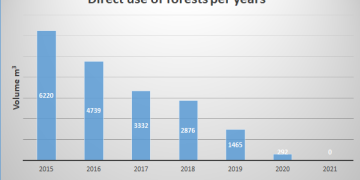Establishing minimum criteria for the location, design, and functions of the trail centres, and the information that they must provide to users
Cross-sectorial cooperation and participatory approach to planning and design
Increasing and improving access to natural spaces and outdoor sporting activities
Educating users about how to respect and behave responsibly in nature
